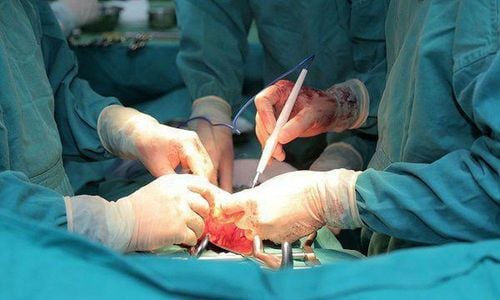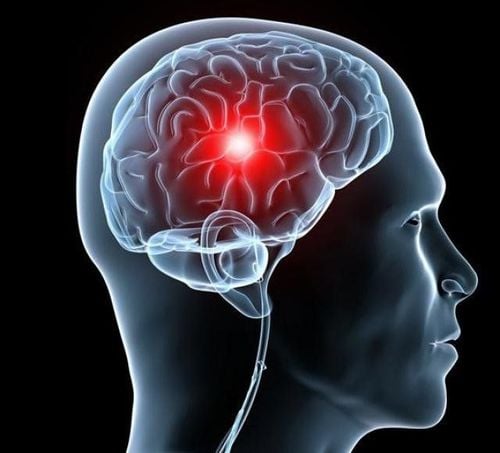This is an automatically translated article.
A brain stem tumor is a tumor that develops in the axis of the brain stem. In many cases, the disease is not detected in time, leading to a bleeding brain stem tumor that causes paralysis of the limbs, lethargy, and even death.1. What is a brain stem tumor?
Tumors that develop in the brainstem, pons, and medulla (ie in the axis of the brain stem) are called brain stem tumours. There are 4 types of brain stem tumors:Diffuse intracerebral tumor Localized intracranial tumor Tumor protruding outward Tumor in the medulla oblongata and high cervical spinal cord Brain stem tumor causes common symptoms such as: Nausea, pain First,... Many people subjectively consider it a common symptom, so they don't go to the doctor, or go to a doctor, but in small hospitals, they can't find the disease.
The disease progresses rapidly, causing symptoms of paralysis of the limbs, lethargy, memory loss, slow pulse... even death. The disease is common in young children.
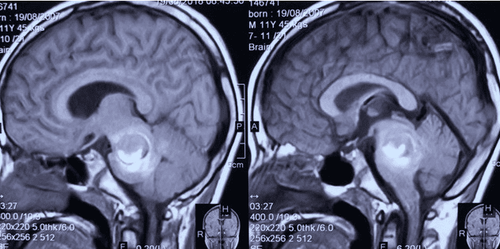
U thân não có thể gây ra triệu chứng sa sút trí nhớ
2. Diagnosis of brain stem tumors
To diagnose brain stem tumor, the patient will be appointed by the doctor to make an imaging diagnosis by: Magnetic resonance imaging, taking layers,... The imaging helps the doctor determine the location, size and condition of the tumor.
Brain stem tumor surgery by cranial opening is a hope for brain stem tumor patients.
For patients with protruding tumors and tumors in the medulla oblongata and high cervical spinal cord, surgery will be performed. As for patients with diffuse brain stem tumors and focal brain stem tumors, biopsies will be performed.
Before the surgery, the patient is explained in detail about the before and after surgery, as well as a written commitment to the surgery from the patient's family.
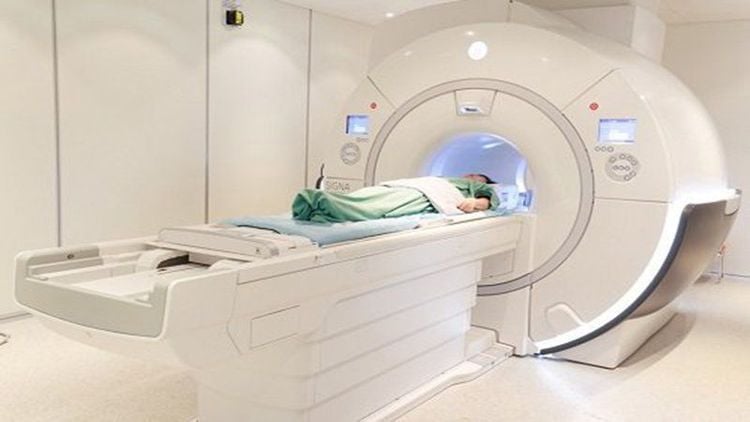
Để chẩn đoán bệnh, người bệnh cần chụp MRI
3. Brain stem tumor surgery by opening the skull cap
Step 1: Preparation
To perform craniotomy, the hospital needs a highly skilled and experienced surgical team including: 1 main surgeon + 2 auxiliary surgeons; 2 nurses; 1 anesthesiologist and 1 anesthesiologist.
Full surgical instruments including: Instruments and endotracheal anesthetics; Conventional craniotomy kits; Microsurgical glasses; Consumables and Sealed Drains placed under the skin.
Patient is shaved clean, cleaned and disinfected the surgical area.
Step 2: Perform surgery
Place patient in prone position, good crouching, endotracheal anesthesia Install nerve positioning system and make suboccipital midline skin incision Dissection musculoskeletal, expose the skull and conduct skull drilling, open the suboccipital skull, below the transverse sinus, possibly opening the occipital foramen or the C1 posterior arch. Aspiration of cerebrospinal fluid to deflate the brain. If the patient has a tumor in the back of the brain stem, the doctor removes the tumor by going between the two amydal and the floor of the fourth ventricle, opening the brain stem to remove the tumor. If the patient has a lateral tumor, the tumor will be removed by entering the pontine pontine angle. stone. Then stop bleeding and close the dura, fix the skull. Step 3: Close the incision and finish the surgery
4. Post-surgery
After surgery, the patient is monitored in the recovery room to wean off the machine and remove the endotracheal tube. Like many other surgeries, brain stem tumor surgery by opening the skull also has some complications such as bleeding, dilated ventricles, cerebral edema, respiratory failure. Therefore, it is extremely important to monitor, detect and deal with adverse events early.
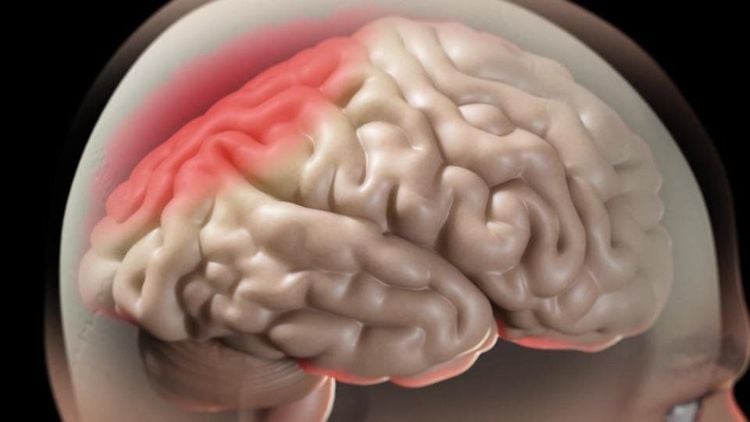
Phù não là tai biến có thể sau ra sau phẫu thuật
Any questions that need to be answered by a specialist doctor as well as if you have a need for examination and treatment at Vinmec International General Hospital, please book an appointment on the website to be served.
Please dial HOTLINE for more information or register for an appointment HERE. Download MyVinmec app to make appointments faster and to manage your bookings easily.




